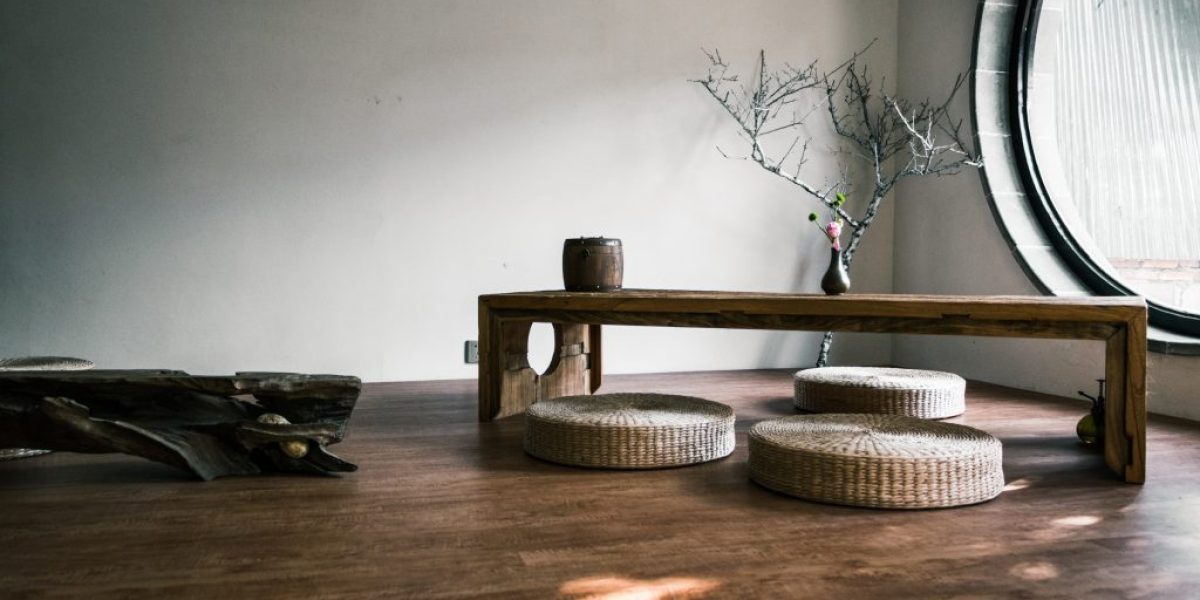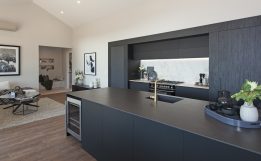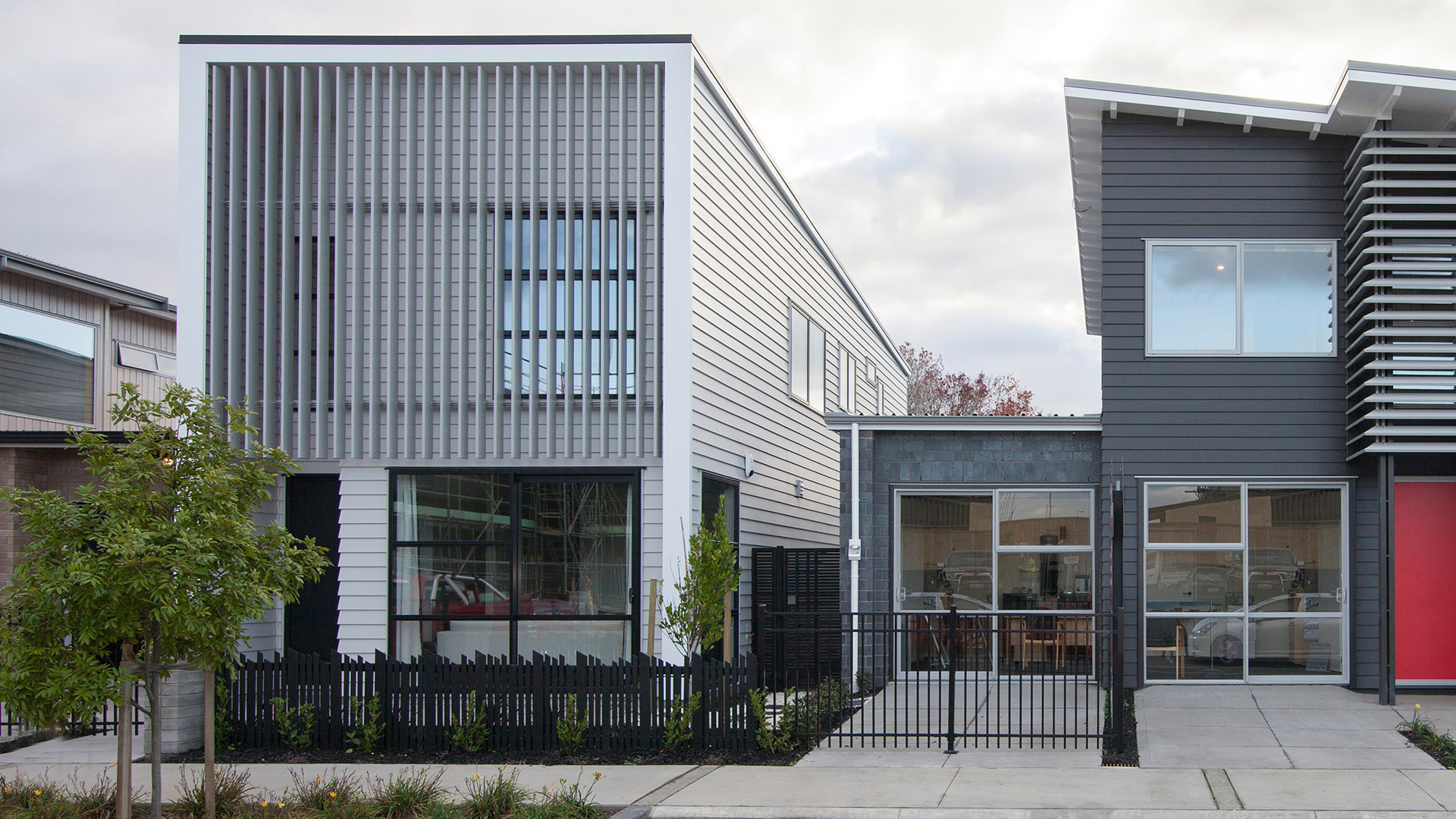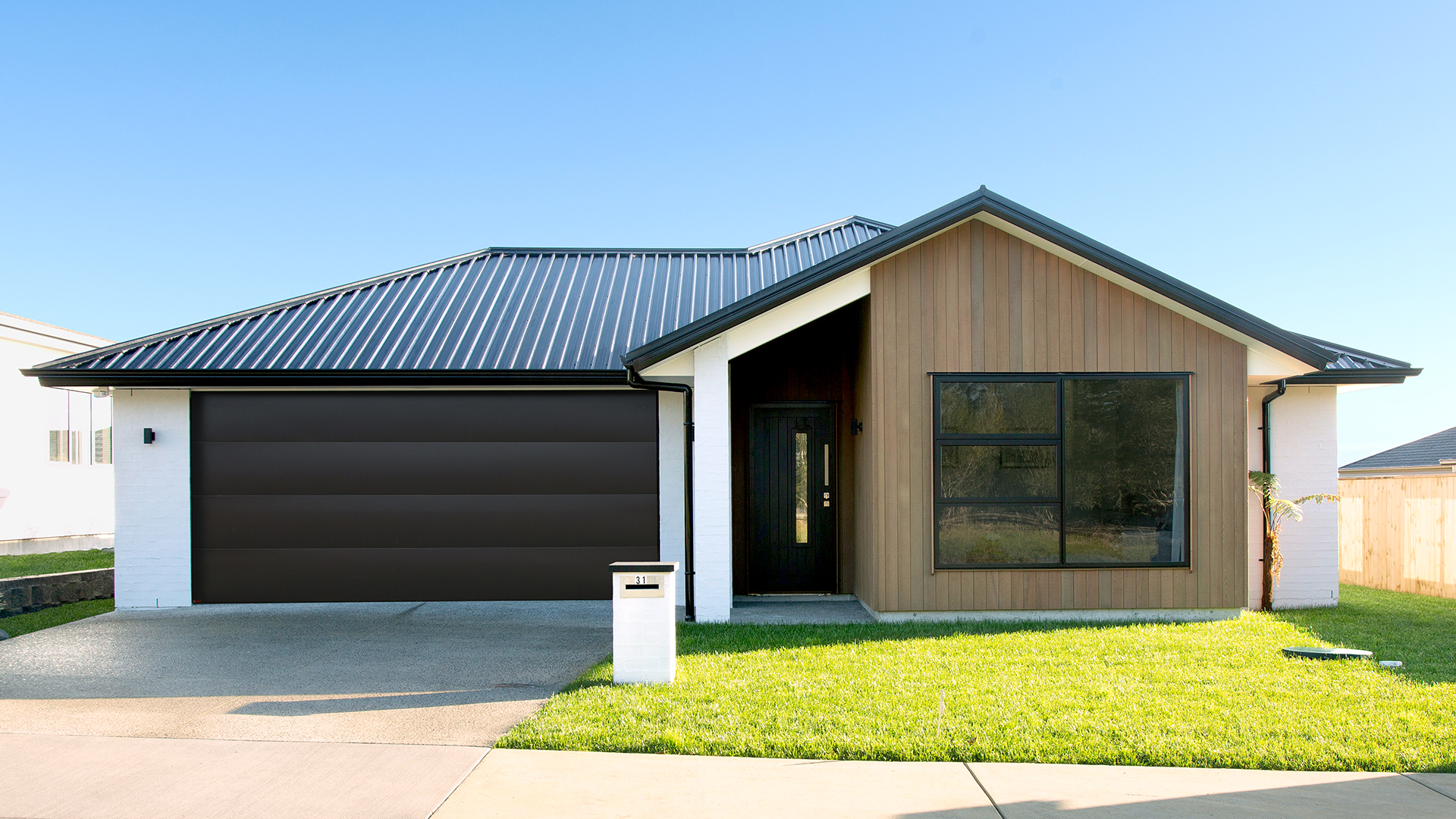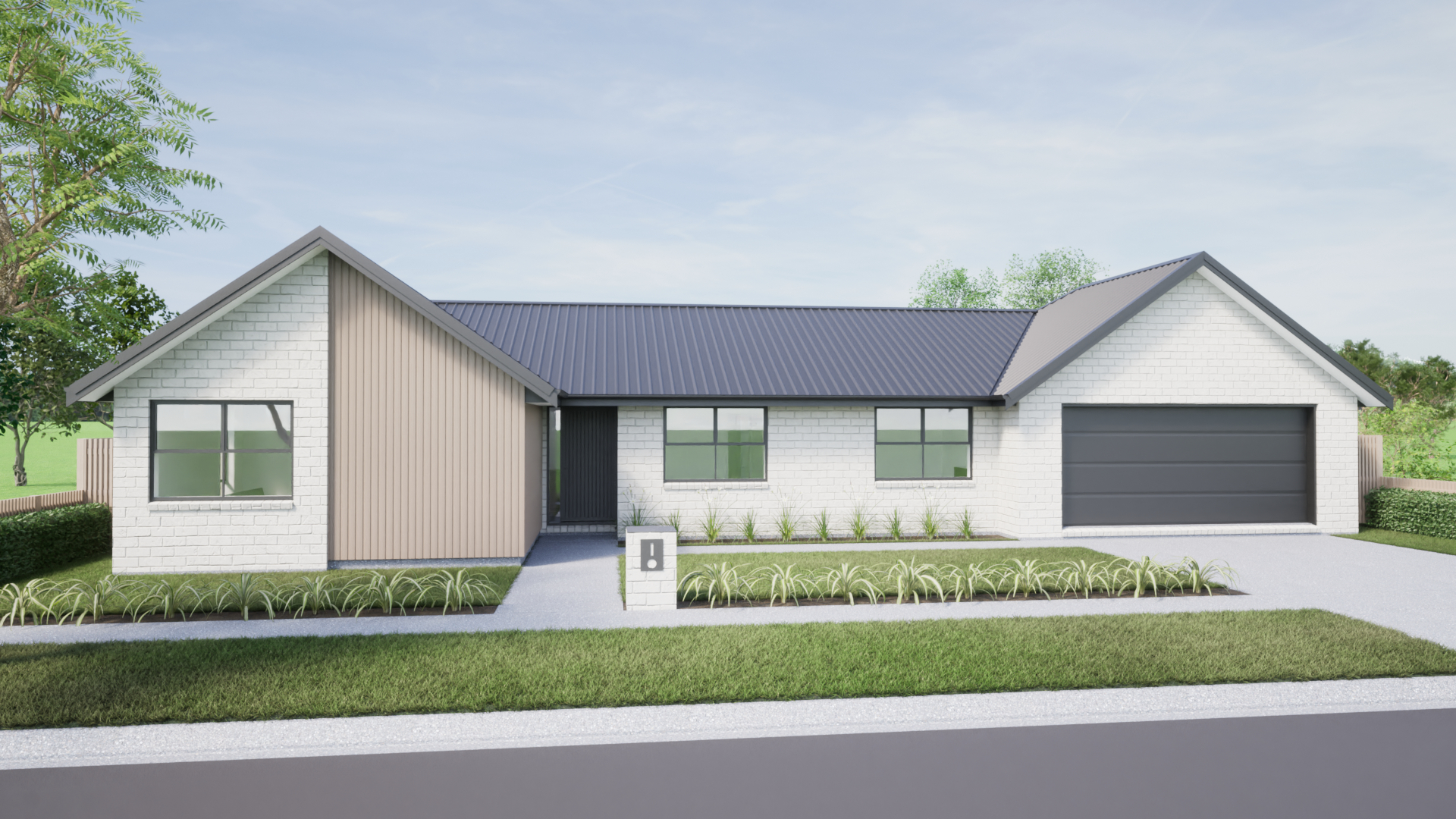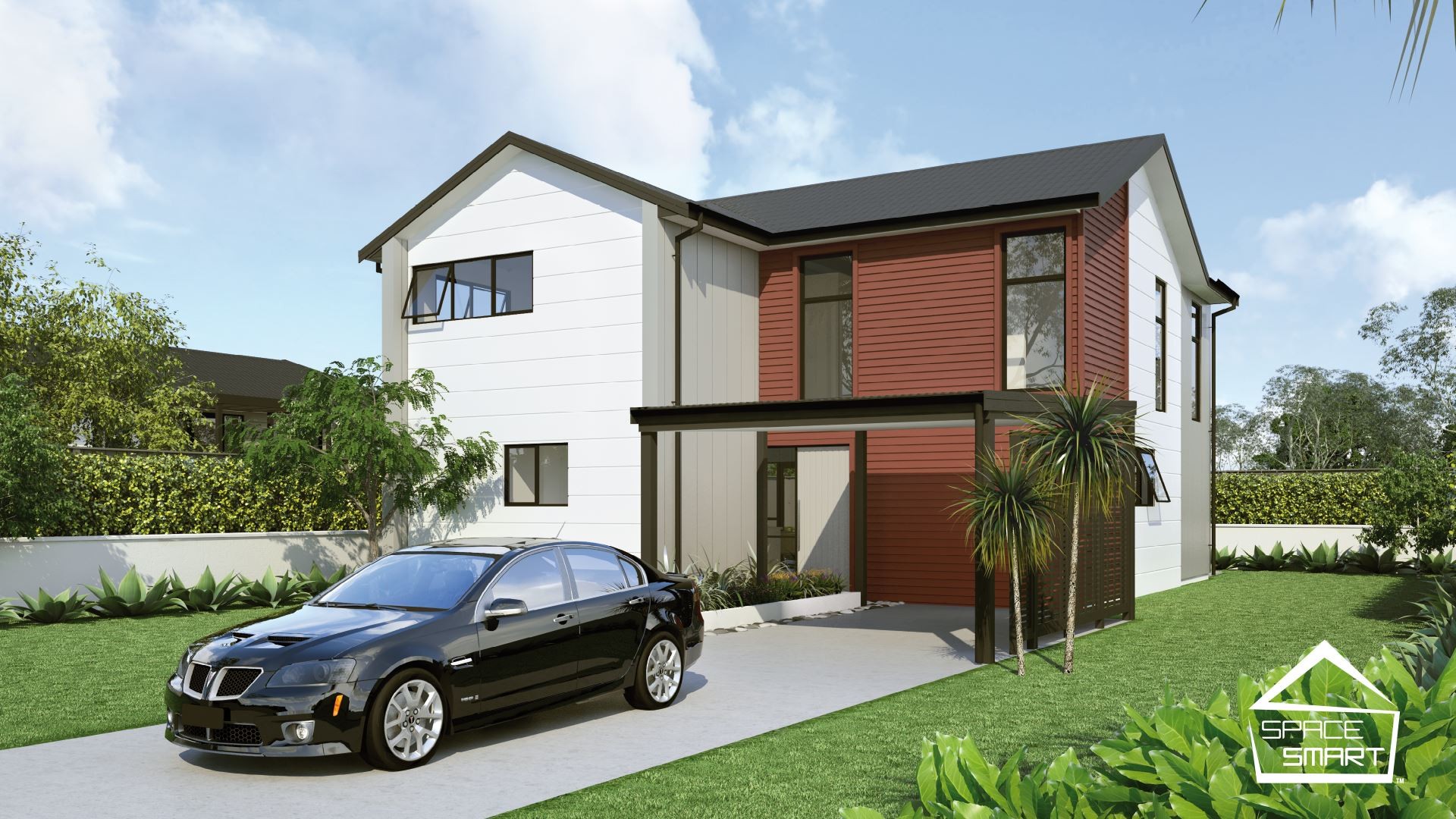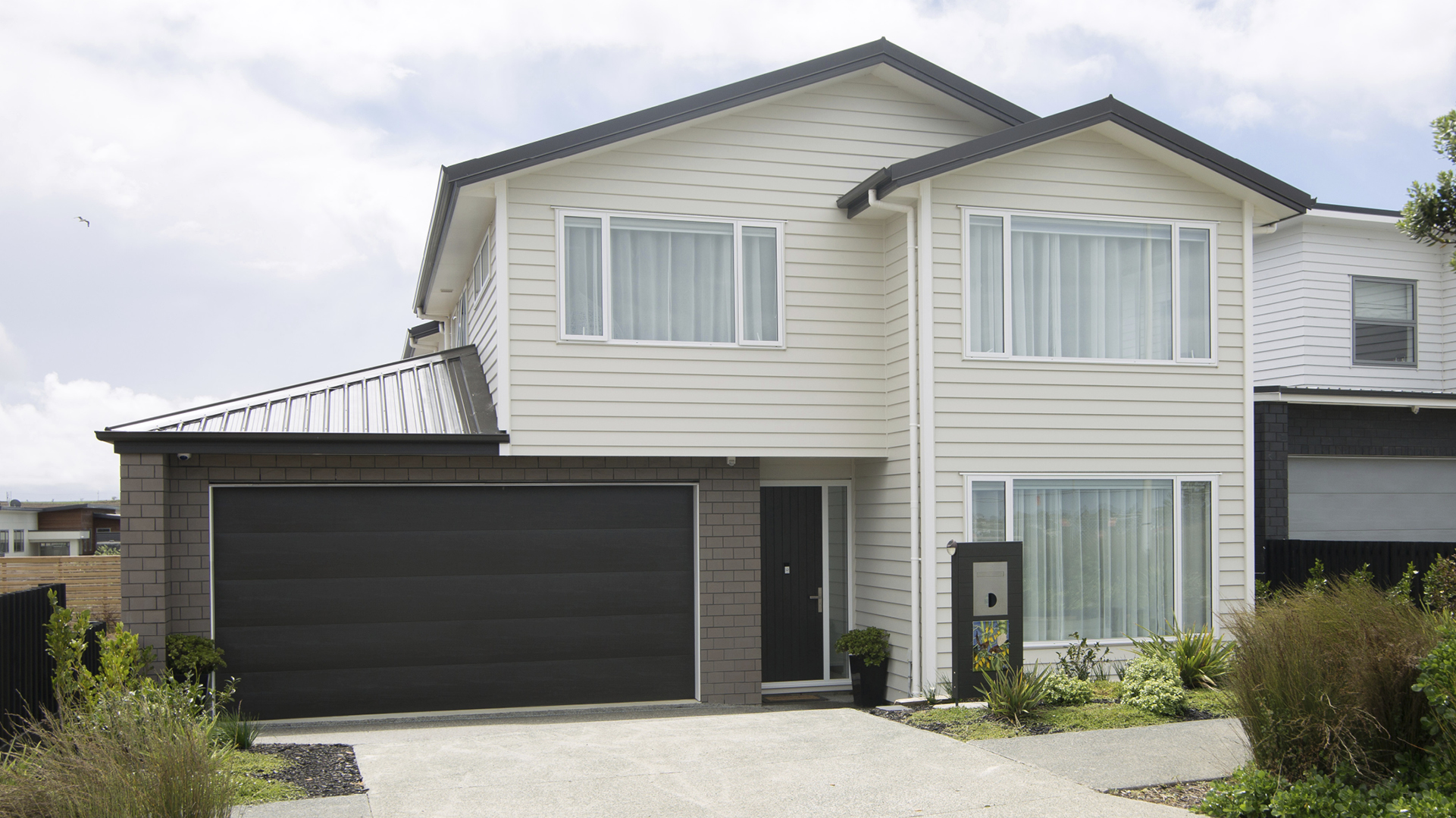How to Find Your Passion and Purpose with Ikigai
The world is positively abuzz with interior design trends touting the next big design cue with which to curate that perfect sanctuary within our homes. We’ve gotten all snug and cozy with the Danish concept of hygge, only to turn our attention to being content with not too much but not too little with Sweden’s lagom, but not before trying our hand at a deft meld of Scandinavian functionality and Japanese rustic minimalism Japandi-style. And the various of-the-moment living trend iterations and hybrids go on…
Though the latest lifestyle concept to come to the fore has a decidedly different driver, which sets it apart from its in-vogue forebears in taking a mindful approach to interiors that is tethered to helping us lead a more meaningful life connected with our passions and purpose; delving perhaps a little deeper than the promise of warm fireside fuzzies with a curly Mongolian goat hide and a steaming mug of cocoa in hand.
More of a time-honoured philosophy than a trend, this is the Japanese ikigai (ee-key-guy). Similar to hygge and lagom, ikigai, which combines the Japanese words iki, meaning “life” and gai meaning “value”, has no direct English equivalent. It can be approximated, however, as meaning our “reason for being”. In other words, our ikigai is what fulfills us and gives us purpose – it is what gets us up in the morning.
The concept can be further explained in the words of Tim Tamashiro, author of How to Ikigai: Lessons for Finding Happiness and Living Your Life’s Purpose, as “a map that can help lead you to a more meaningful life”. Finding your ikigai can be summed up as doing what you love, doing what you are good at, doing what the world needs, and doing what you can be rewarded for. While the world might not need that shaggy macrame wall-hanging project that you rejoice in, and which leads you to more “you”, it’s ultimately about focusing on what ideas, endeavours or purpose becomes your “centre” and in turn, your ikigai.
How can this idea manifest in the interior design of a space? According to Tim Tamashiro, the philosophy of ikigai is about mindfulness, and attention to beauty and functionality. It’s also about following your bliss but in a way that brings actionable results. Steve Jobs would probably want to put his two cents in here, having once said, “Design is not just what it looks like and feels like. Design is how it works.”
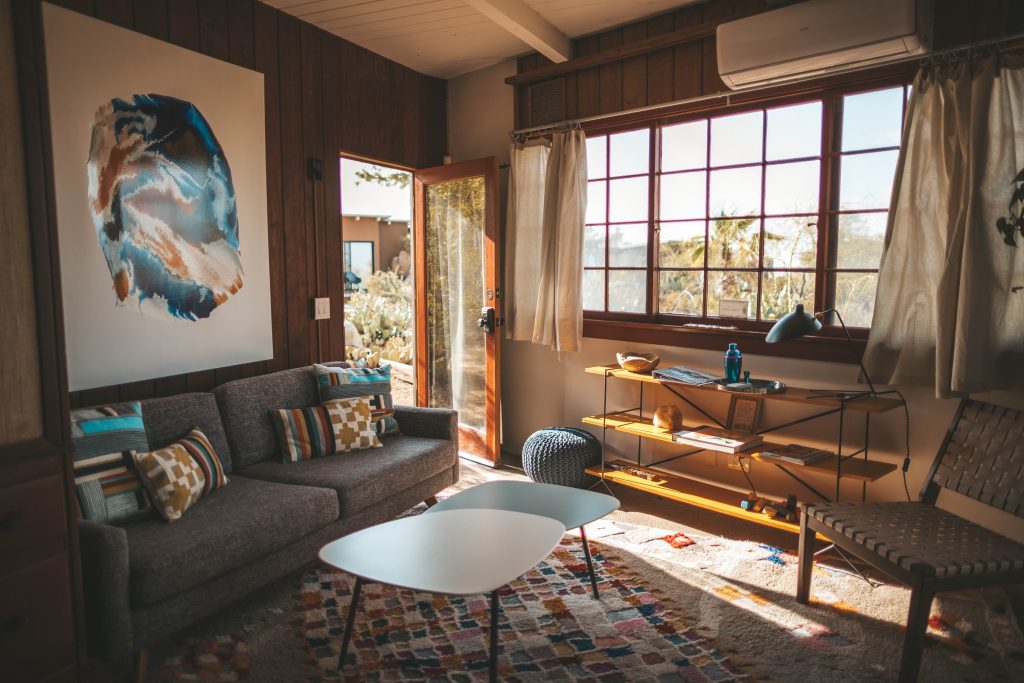
The kitchen is a great example of how to infuse ikigai into a space. If you are a foodie, and love cooking and entertaining, the focus will be on making your kitchen user-friendly, intimate, and inviting, as well as versatile enough to cater for dining, being the culinary heart of the home. For example, a movable kitchen island could be customised to convert into a dining table when required. If you are an extroverted, adventurous cook, vibrant colours that spark creativity might be the go; alternatively, if you are wanting a more relaxed, calming vibe for family and entertaining guests, you might use cooler or darker tones as your go-to palette. The use of natural materials such as wood for counters and backsplash can also help a space to feel warm, comfortable, and casual. This, combined with a dark shade of paint is the perfect recipe for an atmosphere that is intimate and cosy, such as an inky shade of blue, which depending on the light can transform from a deep blue to looking close to black. In considering darker hues, it is important to consider the undertones as well, as they can fundamentally affect the look of a room; they can be hidden under the main mass-tone and might only be visible under a certain light or angles.
Ultimately, ikigai is about tapping into and incorporating elements of, your passion into a space. It is all about letting your personality and purpose do the talking with your interior designing, and combining it with beauty and function so that your living spaces can also become a vehicle for encouraging you to pursue your passion. If you are an artist or avid collector of ceramics, artwork, or vintage knick-knacks, add these and other objects of sentimental, nostalgic or heirloom value to your space. Though the key is in exercising some restraint on this front to avoid clutter and in turn, your living space creating unwanted distraction and stress, as opposed to inducing creativity, positivity and calm.
The plethora of interior design trends that have come onto the scene over the years have tended to focus on design obsessed with the need for our home to be an escape from the daily stresses of modern life but the significance of ikigai is that in focusing on our own personal direction and purpose in life to uncover the unique potential of your living space, the time-honoured Japanese ideology has the capacity to initiate a move away from this singular need for “refuge” with comes with the all too popular need for fresh white walls, neutral colourways, and minimal furnishings. Instead, ikigai encourages inhabitants to invite a wider spectrum of elements including colour to inspire creativity, quality furnishings that are functional but enjoyable, and decorative pieces that connect you both conceptually and aesthetically to your passion. Something that will never go out of style.
